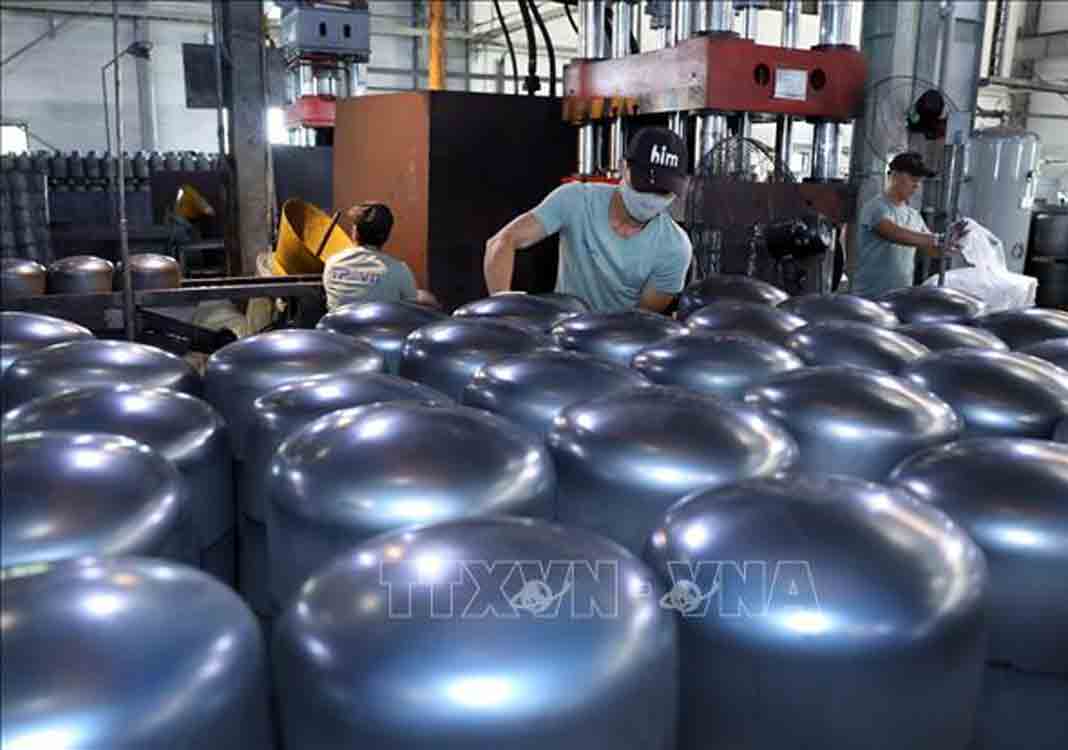HCMC – Vietnam’s gross domestic product (GDP) in the third quarter of this year fell 6.17%, the sharpest fall since the country calculated and announced the quarterly GDP, according to the General Statistics Office (GSO).
At a press briefing to announce the country’s socioeconomic performance in the third quarter and the January-September period of this year on September 29, Nguyen Thi Huong, general director of the GSO, said the biggest GDP decline ever in the third quarter caused the January-September GDP to grow a mere 1.42% year-on-year, the lowest for the period in a decade.
Huong said the Covid-19 pandemic had affected all economic sectors and many cities and provinces, especially HCMC, the nation’s economic center, have for months enforced stringent social distancing measures to stop the spread of the highly contagious Delta coronavirus variant, leading the economy to almost grind to a halt, the local media reported.
However, GSO considered it was still a success under the current circumstances, the local media reported.
This quarter, the agro-forestry-fishery sector recorded a growth rate of 1.04%. Meanwhile, the industry-construction and service sectors dropped 5.02% and 9.28%, respectively.
In the nine-month period, the agro-forestry-fishery sector was also a pillar of the local economy as it grew 2.74% over the year-ago period and contributed 23.52% to the overall economic growth.
In addition, the industry-construction sector expanded 3.57% while the service sector edged down 0.69%.
According to Huong, the pandemic has dealt a heavy blow to production and services. Many services reported negative growth in the nine-month period, thus slowing down the growth of the service sector and the overall economy.
Specifically, the wholesale and retail sector tumbled 3.1%. The respective declines in transport and lodging-catering services were 7.79% and 23.18%.
On the other hand, healthcare and social services grew 21.15%, finance-banking-insurance, 8.37%, and information-communications, 5.24%.
The GSO’s report also showed that the long-lasting pandemic had put many businesses on the verge of bankruptcy. In January-September, 90,300 enterprises withdrew from the market, up 15.3% year-on-year.
However, the figure in reality may be higher as many have been unable to complete dissolution procedures due to many cities and provinces having enforced stay-at-home mandates.
Pham Dinh Thuy, head of the GSO’s Industrial Statistics Department, said the pandemic had led to widespread production and supply chain disruptions, especially in HCMC. Never before has the number of enterprises pulling out of the market been as high as it was in the January-September period of this year.
The resilience of the business community has weakened remarkably, Thuy added.
However, the period saw 85,500 enterprises registering their establishment, down 13.6% over the same period last year. The number of enterprises resuming their operations also fell nearly 7% to 32,300.
However, most processing and manufacturing enterprises were optimistic about their performance in the last quarter of the year as up to 73.7% of enterprises thought that production and business would be better and more stable, according to a survey by the GSO.
As for the foreign investment, foreign investors poured US$22.15 billion into Vietnam in January-September, up 4.4% year-on-year. The number of new foreign direct investment projects dropped 37.8% year-on-year but the registered capital rose 20.6%.









